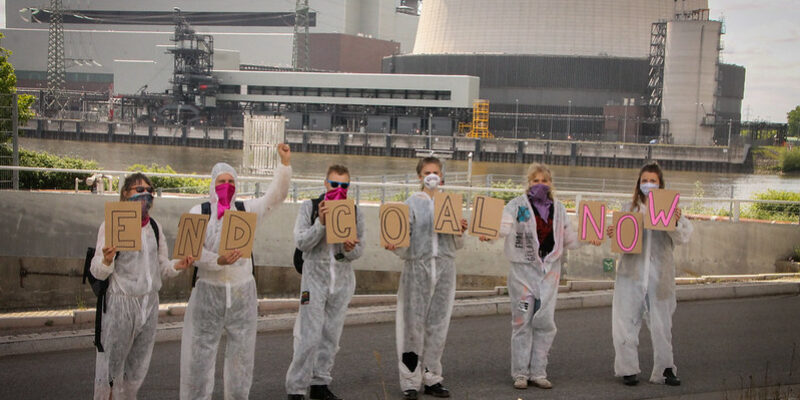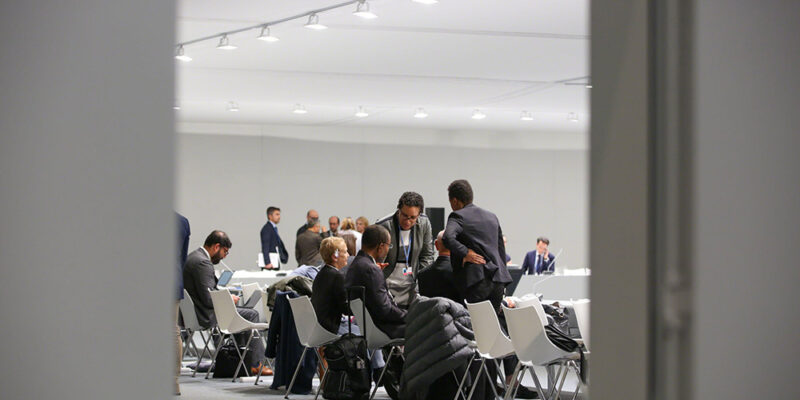Comment
Insights and expert analysis on climate issues.
Share


Carbon dioxide removal (CDR) – also known as “negative emissions” – is needed to achieve the goals of the Paris Agreement. This means that solutions – whether natural or technological – and governance mechanisms will need to be ready for scale-up in the next couple of decades. But who should bear the responsibility for developing and deploying CDR?

While it is positive that Germany is moving to legislate a coal exit, the draft law threatens to undermine its place in history as a climate policy leader, as it would allow highly polluting lignite to burn until 2038, well beyond the Paris Agreement compliant 2030 deadline for OECD countries.

Every few years, the idea that gas will help Australia transition to a zero-emissions economy seems to re-emerge, as if no one had thought of it before. Federal energy minister Angus Taylor is the latest politician to jump on the gas bandwagon.

The Review of the Warsaw International Mechanism for Loss and Damage (WIM), undertaken at COP25, was an opportunity for a stronger commitment for action and support, including new and additional finance, capacity building and technical support. Long intense negotiations and a united position among developing countries of G77 and China, lead to an acceptable outcome.

Not even the bare minimum: unpacking Germany's 2030 climate package
Dr Robert Brecha, Bill Hare, Dr Carl-Friedrich Schleussner
On 20 September, the German government released its long-awaited climate package. It is nowhere near ambitious enough to meet the objective of the Paris Agreement to limit warming to 1.5°C.

Centred on science – how the IPCC can guide mitigation action
Prof Dr Michiel Schaeffer, Dr Robert Brecha, Bill Hare
The IPCC Special Report on 1.5°C contains the best available science to guide the development of Long-Term Low Emission Development Strategies (LT-LEDS), which are due to be submitted in 2020 under the Paris Agreement. One essential function of LT-LEDS is to provide a long-term 1.5°C consistent trajectory as an essential guide for increasing the level of mitigation ambition in the updating of NDCs, also due in 2020. Coupling the process of developing full LT-LEDS and submitting these by 2020 will make the process of further ramping up NDCs more coherent in the years to come.